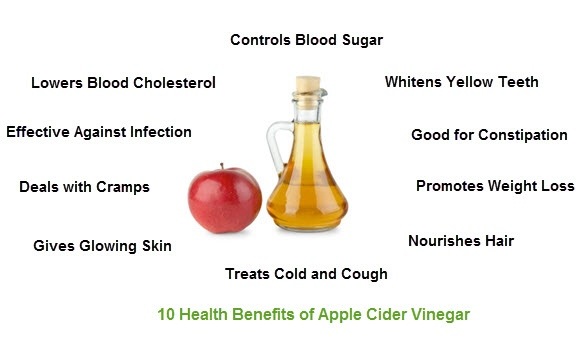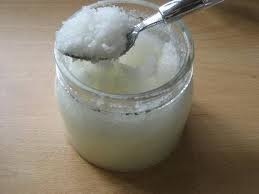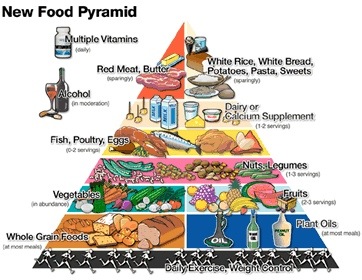Lymphatic massage is used in facial treatments to reduce congestion & puffiness. It is also effective in decreasing swelling & bruising from cosmetic surgery, liposuction, breast reduction or implants, & laser surgery. In addition, the technique can be used to reduce the appearance of varicose & spider veins, wrinkles, rosacea & acne.
Lymphatic Massage: Promoting recovery & good health with a gentle touch
Lymphatic massage is a technique used since the 1930s to promote health & aid recovery from certain illnesses. Also called lymphatic drainage or manual lymph drainage, lymphatic massage is now widely used in European hospitals & clinics. It is becoming better known in the U.S. due to its benefits for breast cancer survivors. Used to promote wellness, this gentle technique can prevent or reduce fluid retention, enhance the removal of toxins from the body tissues, & support the immune system.
Promotes deep relaxation to aid with:
Insomnia,Depression Stress, and loss of vitality
Promotes Detoxification to aid with:
Cellulite Reduction
Major Detox of the system
Ease of pain from lactic acid after beginning a workout program
The Lymphatic System
Benefits of lymphatic massage stem from its ability to enhance the function of the lymphatic system. Lymph is a fluid rich in white blood cells that fight viruses, cancer & bacteria. Every 24 hours, about three quarts of lymph circulate around the body via an elaborate system of lymph vessels. Lymph carries the body’s waste to lymph nodes where filtering & detoxification occur. The swollen “glands” you feel in your neck when you are coming down with a virus are actually lymph nodes working to free the body of waste products.
Lymphatic Massage for good health
Lymphatic massage uses light, rhythmic touch to improve lymph circulation. If you are healthy, improved lymph flow can promote your vitality & sense of well-being. When the lymphatic system is not performing efficiently due to stress or illness, or when there’s an accumulation of fluid from infection, blockages or damage to the lymph vessels, lymphatic massage can aid recovery & enhance lymphatic system function.
How does Lymphatic Massage help?
When lymph flow is enhanced, toxic & infectious materials, as well as excess bodily substances like water & protein are removed more effectively from tissues. This supports the immune system & helps rid the body of wastes that can increase pain or cause fatigue. In scarred or otherwise injured areas, damaged cells & amp;inflammatory wastes can be moved out, helping to speed healing.
The Reduction of Swelling
Lymphatic massage can reduce the pain, inflammation & scarring associated with fluid retention, edema. Whether swelling is due to injury, cancer treatment, surgery or an illness such as fibromyalgia, lymphatic massage can have remarkable results. in conjunction with medical attention, it is also very effective for lymphedema, the chronic accumulation of lymphatic fluid in body tissues. Swelling & other discomforts stemming from sinusitis or allergies may also be reduced.
Skin Care & Cosmetic surgery
Lymphatic massage is used in facial treatments to reduce congestion & puffiness. It is also effective in decreasing swelling & bruising from cosmetic surgery, liposuction, breast reduction or implants, & laser surgery. In addition, the technique can be used to reduce the appearance of varicose & spider veins, wrinkles, rosacea & acne.
Stress & Pain relief
The gentle touch of lymphatic massage soothes & calms the nervous system. This can improve sleep & reduce depression, anxiety & other effects of stress. As attention shifts to the pleasant sensations of relaxation, the grip of pain may also gently recede. This deeply relaxing technique can even help relieve chronic pain from conditions such as fibromyalgia, arthritis & headaches.
Breast Care
Many people hear about lymphatic massage due to its ability to reduce pain & swelling associated with removal of lymph nodes during breast cancer treatment. If received regularly, it may also enhance the function of the healthy breast tissue with improved lymph flow. In addition, it can reduce discomforts of breast and/or nipples during & after pregnancy. Excellent relief for engorgement for breast feeding mothers.
Conditions requiring extra care
It is very important to inform your massage therapist if you have lymphedema or a damaged lymphatic system because special considerations are required. No massage techniques should be used on anyone with an active skin infection, thrombosis, an open wound or a fever. If you have heart or kidney disease or are seeing a doctor for any other reason, be sure to inform the practitioner.
What is a session like?
Because many of the lymph vessels are just under the skin, moving the lymph requires a very light touch, barely the weight of a teaspoon of water. Practitioners use flat hands and finger pads in painless, rhythmic movements light enough to be described as “feather touch.” Lymphatic massage can be incorporated into, and may enhance, your regular massage session. Expect it to feel much lighter and slower than standard massage. Most people experience lymphatic massage as deeply relaxing and some fall asleep.
After The Session
After your session, it’s possible to feel light-headed so you may wish to rest for an hour or two. You may also find that you feel rejuvenated, invigorated or simply lighter in the hours or days following as session. You may be thirsty during or after your massage, & you are advised to drink extra water.










